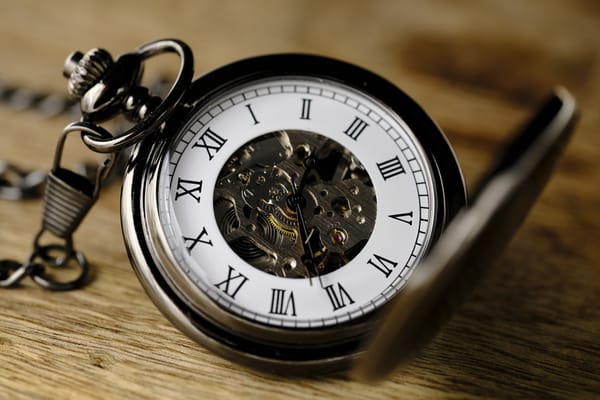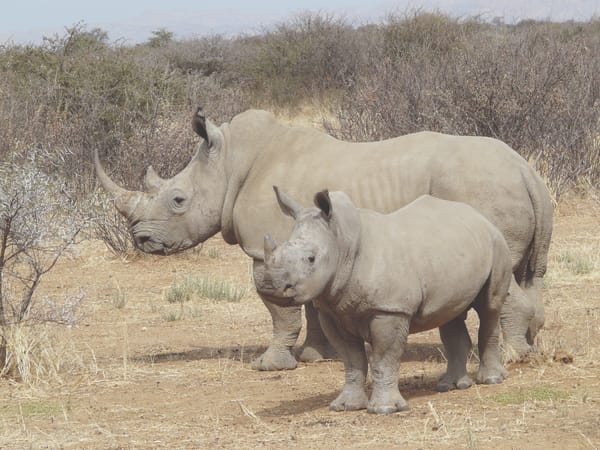How do we mend the rift between science and art?
Aesop’s Arts in Health Conference and Showcase demonstrates how people are working to bring the worlds together, but also shows how far we still have to go.

I am slightly ashamed to admit that after four years at Imperial, I had yet to attend a single conference. However, in the spirit of trying new things and expanding my horizons, I agreed to accompany my friend to Aesop’s Arts in Health Conference and Showcase. This neophiliac mentality was what drove me to choose Humanities, Philosophy and Law (HPL) and Computational Medicine as my BSc options – basically anything that wasn’t clinical Medicine. Of course, taking risks like these could end up either way – through HPL, I’ve discovered a new passion for the arts whereas through Computational Medicine, I’ve discovered my pathological inability to write working code and a near fatal allergy to data-frames. Nevertheless, I was hoping that this conference would be the perfect end to my year of experimenting, and the event was finally sold to me under the promise of free food and Dame Darcey Bussell DBE of Strictly Come Dancing fame.
Then April 19th rolled around and, on the most glorious day of the year so far, the decision to spend the whole day indoors being lectured at didn’t seem like such a great idea anymore. Nevertheless, we dutifully trooped in, fixing our swanky PRESS – Imperial College London badges to our chests and strapped ourselves in for the eight-hour education tour-de-force.
After a rousing opening speech by science writer and broadcaster, Vivienne Parry OBE, the main questions of the day were posed:
“What is the role of an artist in 21st century society and how can one achieve artistic citizenship?” and “How can art be utilised to transform a negative health image to a positive artistic one?”
Compelling questions for sure, but not the ones I was seeking answers to. What I wanted to know was when we’d see the legendary Dame Darcey Bussell, principal dancer of the Royal Ballet at the tender age of 20, and whether or not she actually floated, as rumours would have you believe.
“Dance for Parkinson’s shows dance as a positive intervention that improves stability”
The rest of the day was split into showcases, panel discussions, and plenary activities with organisations explaining their projects and demonstrating various health benefits. These projects ranged from Melodies for Mums, group singing sessions showing promising signs of preventing and abating post-natal depression, to The Reader, shared-reading groups attempting to tackle increasing social isolation across the country. A personal favourite was Dance for Parkinson’s, a collaboration with the English National Ballet, whose promotional video was a giddying montage of elderly chair-dancing and asymmetric legwear sported by the ballet troupe. Not only is dance a positive intervention that improves posture, stability, and fluidity of movement, but one patient also described its benefits as “a new sense of freedom, a coping mechanism”.
On the clinician side of the health experience, projects such as Performing Medicine by the Clod Ensemble attempted to teach health workers and medical students how to act human again – a regrettably much-needed programme in the current clinical environment. As a medical student myself, I am often wary of accusations that new generations of health workers were increasingly cold and distanced from the people they were trying to treat. However, as one speaker put it, “Feeling caring isn’t enough”. Blame it on the prescriptive nature of the clinical encounter, the tick-box feel of ICE-ing (asking about ideas, concerns, and expectations), or time constraints imposed on health workers, but the actual demonstration of caring is now often left as an afterthought, regardless of how clinicians actually feel.
Midway through the day, we were treated to a workshop with Patsy Rodenburg, Professor of Text and Poetry, and world expert on teaching voice, speech, and presentation skills. What started as a description of the power of ‘presence’ for healing and everyday life culminated in a cultish session of breathing exercises and pair-bonding activities. Despite the atmosphere of religious reverence, I couldn’t help but feel a little sceptical of the promised benefits of breathing to people (not beyond, and not before).
“I couldn’t help but notice an undercurrent of fear beneath the positivity”
Perhaps it was because of my sceptical nature, I couldn’t help but notice an undercurrent of fear beneath the praise and positivity throughout the day. Fear for funding, understandably, but also a fear of the medical community. The question most often raised was how to do an RCT (randomised control trial) and every mention of the initialism sent shiver through the crowds. This, along with the collective eye-rolling at the mention of evidence-based medicine left me slightly worried about the medicine-arts divide. Was the rift really that irreconcilable? And whose job was it to bring these two disciplines together? In this event, it felt like a battle for dominance between science and art – social interventions were declared “better than drugs” and social health was emphasised while biological health was often side-lined. I don’t wish to detract from the importance of social aspects of health, and these projects are all genuinely exciting regardless of what domain you work in, but what was needed – a common language translating between arts and science, between ‘soft’ therapies and clinical outcomes – was sorely lacking from an event that sought to marry the two worlds.
We left slightly early to catch the last ray of summer sun. After all, I didn’t want to wait another year before it graced us again with its presence. Unfortunately, this meant I never got to see Darcey Bussell, patron of fourteen charities and committed dance advocate. Maybe I’ll never know if her skin really glows in the dark, as it does in my imagination, or whether she chooses to enter every room with a pirouette. Either way, I was glad I decided to go, if only to see the asymmetric legwear.








